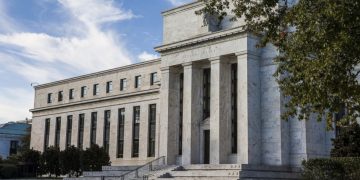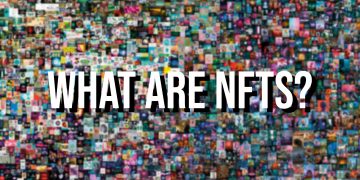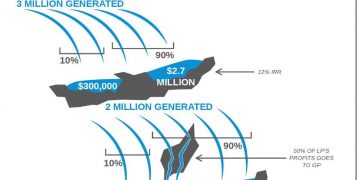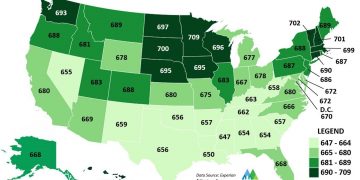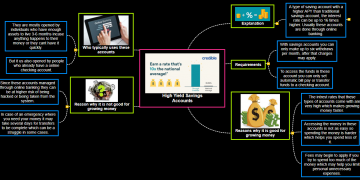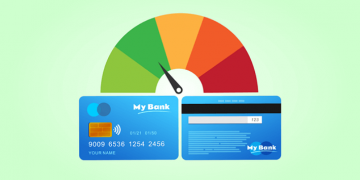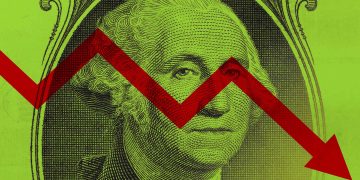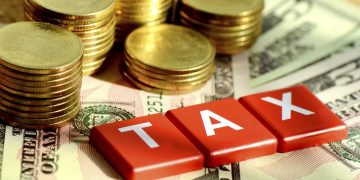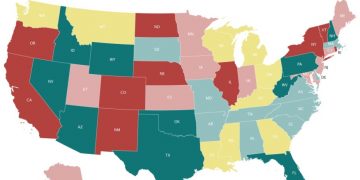In the minutes from its most recent gathering on Wednesday, Jan. 5, the Federal Reserve demonstrated that it may quick track its arrangements to build financing costs because of the solid economy and an expansion rate that is steadily higher than the objective level, regardless of the fast spread of the omicron variation of COVID-19.
The Nasdaq saw its greatest misfortune since February 2021 after the hawkish news, while Treasuries proceeded with their benefits, with the 10-year Treasury note crossing 1.73%.1 The news burdened Nasdaq fates, while the S&P prospects were level. Notwithstanding, Dow Jones’s fates rose.
Abroad, European value markets were somewhere around 1%, while Japan’s Nikkei lost 3%.2 Hong Kong’s Hang Seng shut hardly down at 0.72%, however, Korea’s KOSPI was somewhere around 1.13%. India’s Sensex plunged 1.03%, while China’s Shanghai Composite dropped marginally by 0.25%, and Taiwan’s TAIEX was somewhere near 0.71%.3 Bitcoin slid to $42,900, and other cryptographic forms of money were down as well.4
Starting jobless cases came in higher than anticipated at 207,000 for the week finished Jan. 1, 2022, adding up to 7,000 more than the earlier week’s changed number.5 The administration’s action file, detailed by the Institute of Supply Management, is relied upon to post 66.1 in December, a decrease of 0.8 from October’s perusing of 66.9.
For financial backers searching for what’s on the horizon, the December work report and the impending income season might uncover the course of the market as the Fed begins a re-visitation of a standardized money-related arrangement.


